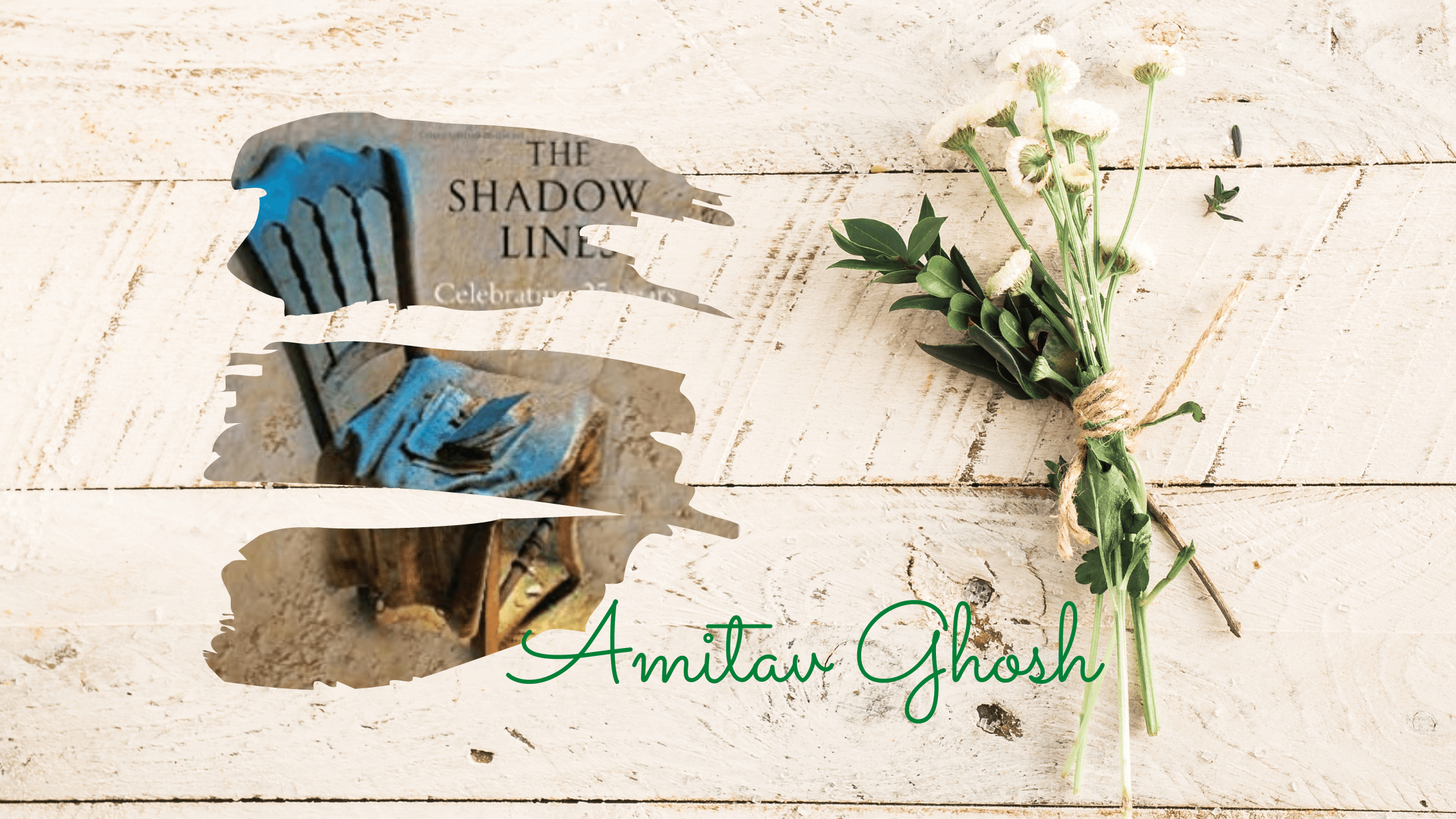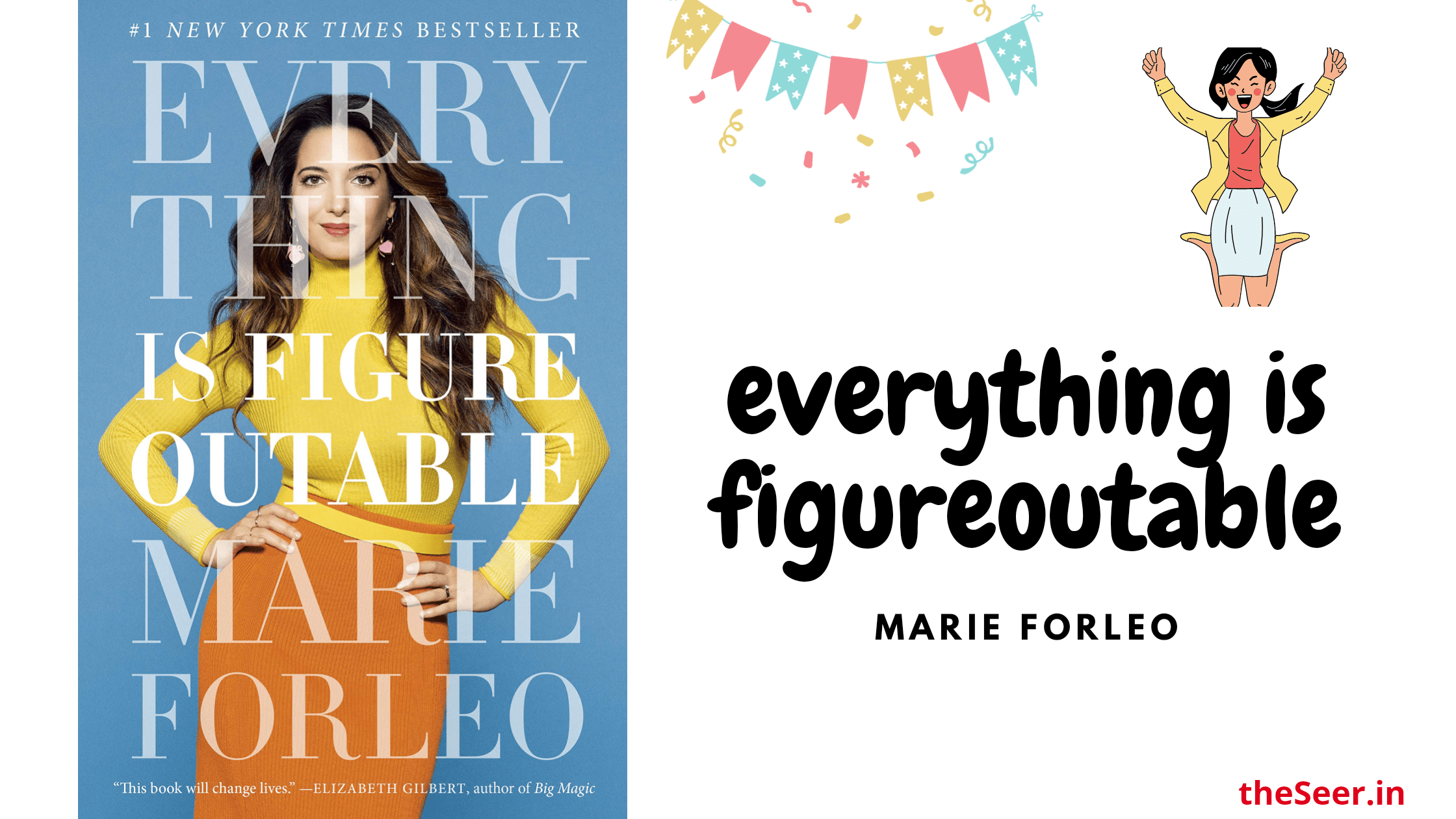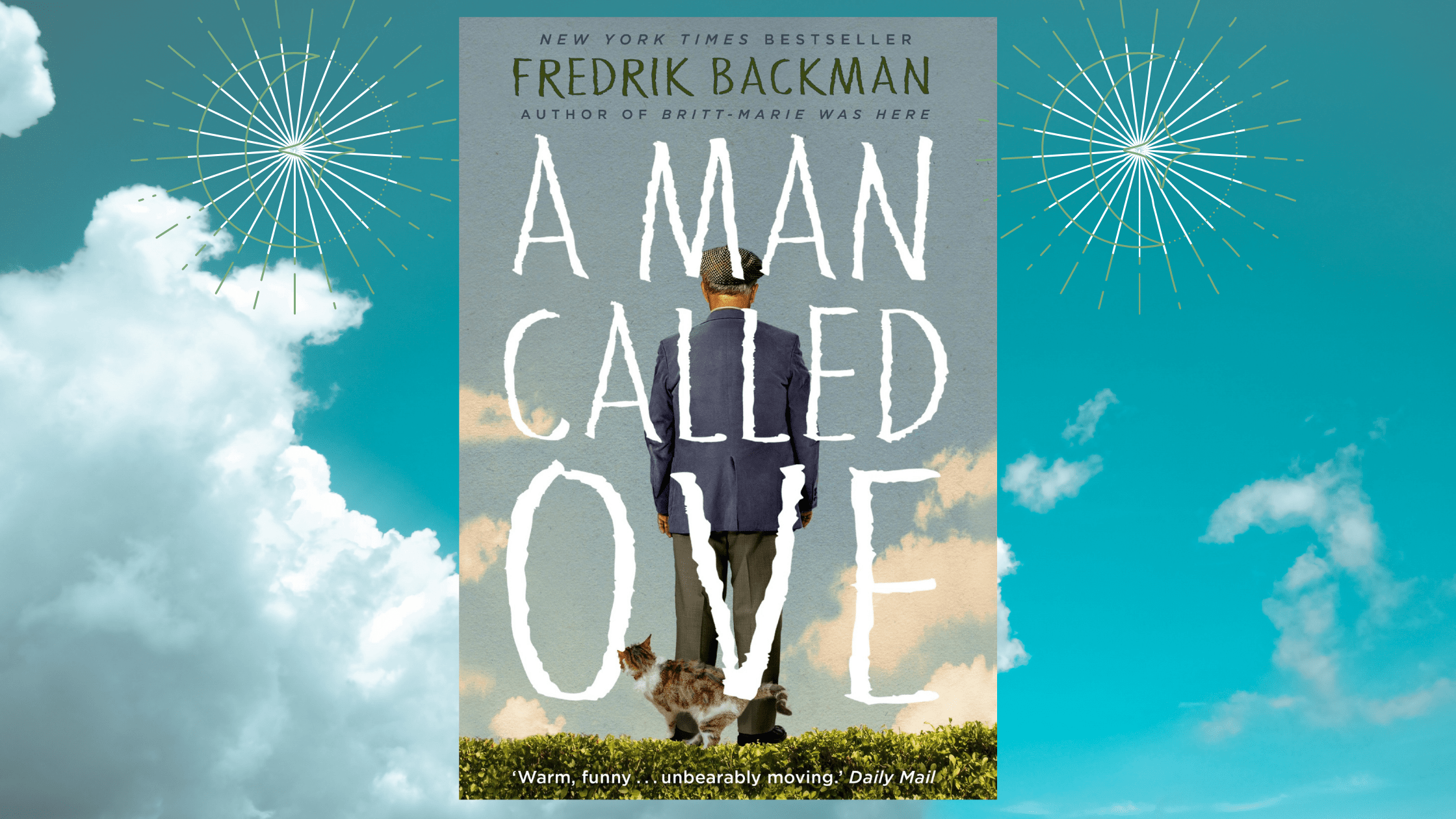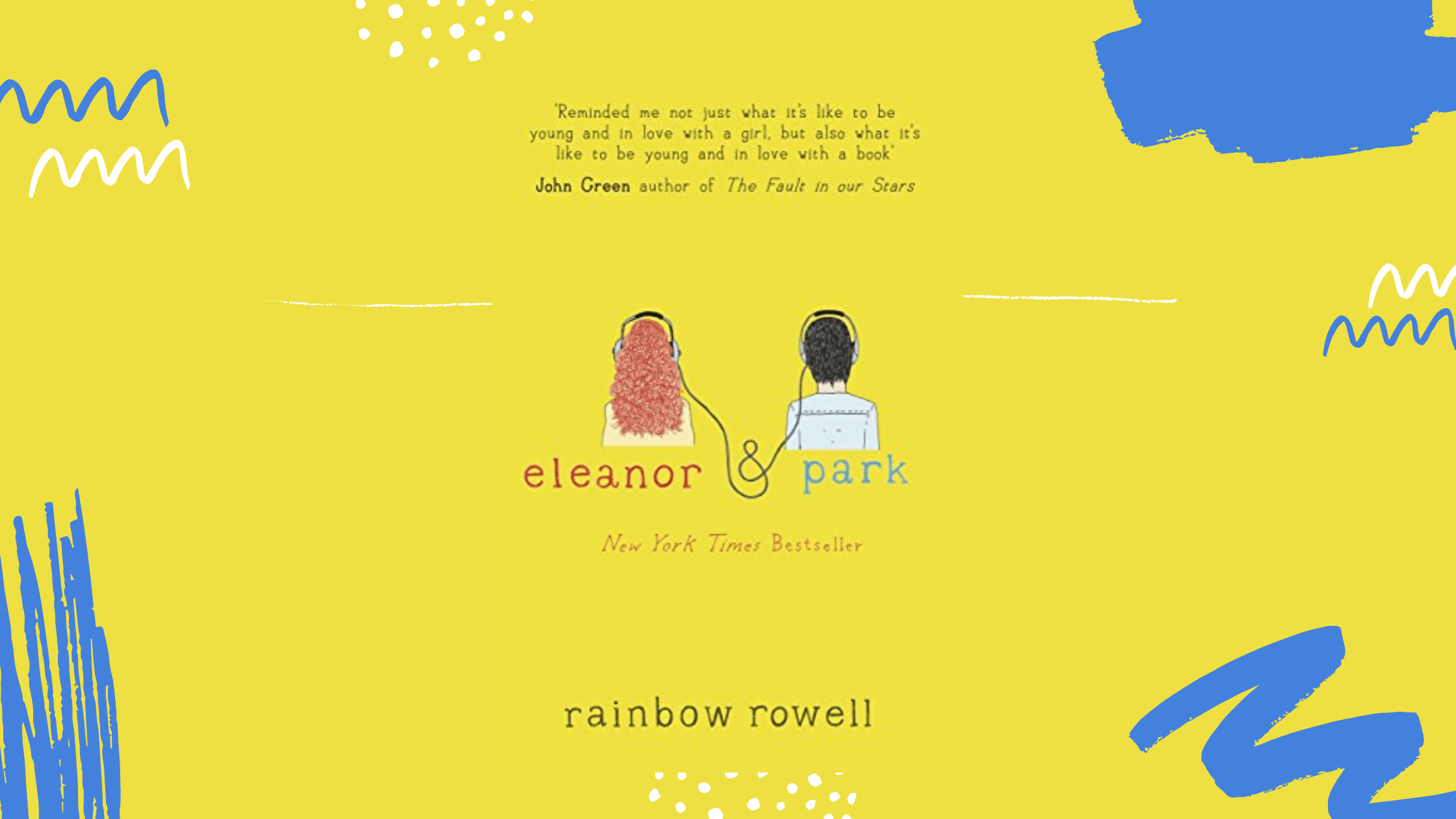In writing The Shadow Lines, Amitav Ghosh has penned an eventful narrative of a young boy who stays in Calcutta and yet his world includes many parts of the globe. These are not places he has visited, but places he has read and heard about from his uncle Tridib and cousin Ila. One can easily relate to his longing for travel and his fascination with Ila’s luxurious life, who has moved across a number of foreign cities over the years. We learn of his family’s friendship with the English Price family, a bond born during the British Raj and spanning generations. We follow him as he visits London as an adult, meets the same people he met as a child, revisits the places he visited in Tridib’s stories and eventually gains an agonizing closure over a childhood trauma.
Beyond this personal story is a rich historical backdrop, we hear Tha’mma passionately recount her memories of the Swadeshi movement, we follow Tridib to London where he meets intellectuals during the Second World War and even explores a bomb site, the story of the Partition of British India is retold through the partition of Tha’mma’s childhood home, and the Communal riots of 1963-64 (Dhaka and Calcutta) are the setting for the novel’s climax. The Shadow Lines asks us to delve a bit deeper in history, understand how human lives have been affected, often tragically, by nationalist politics and the creation of borders.
Amitav Ghosh’s metaphorical retelling of the partition is a divided house, a recipe by two brothers to avoid constant quarrels that in reality creates a sense of bitterness and hostility. The children who cannot recollect what lives on the other side can only imagine what the other half of the house looks like. They conceive the people on the other side of the border to be completely different from theirs, when in reality they are not so different, being their extended family. A seemingly quirky section, it does more than add a touch of humour to the story, it tells us the story of nation formation as Ghosh sees it. As India became a country, Pakistan became its ‘other’, its complete opposite. For Ghosh, the differences between the people of the two countries is imagined, a result of the bitterness that partition has created.
The Shadow Lines explicitly defines the borders that mark territory as artificial divisions created by politicians, calling them ‘shadow lines’, and implying that the nation itself is a social construct. The arbitrariness of borders is perhaps best conveyed in the journey undertaken by Tha’mma, the narrator’s grandmother, to bring her uncle, Jethamoshai, from Bangladesh to India. To Tha’mma, a Hindu man’s home is in India, but for Ghosh, the sense of belongingness, of having grown up somewhere creates ‘home’ and the Partition cannot change that. Travelling from Calcutta to Dhaka she expects to see a physical border between India and East Pakistan from the plane. To Amitav Ghosh, the drawing of borders on a political map cannot distance two nations that have a shared history and culture. In fact, by showing different characters stuck in the same riot, the narrator in Calcutta and the others in Dhaka, The Shadow Lines gives us two cities, in two different countries that are as closely bound to each other as images in a mirror, one reflects the other.
The ‘shadow lines’ that divide people can be overcome, by understanding each other. The narrator is able to connect with England when Tridib tells him stories about his travels. When Tridib points out places in the Bartholomew’s Atlas, the young boy gets a chance to relive Tridib’s experiences. He creates detailed image-maps of these places he has never visited. So much so that when he arrives in London, he astonishes the others by his knowledge of the city’s geography. He looks for the places Tridib described, recollects the stories Tridib told. He is capable of finding Mrs. Price’s house without a map, owing to his memory of an A to Z street atlas of London that his father had brought him as a child. As Yusuf Mehdi says in his critical analysis of Ghosh’s book, the ‘shadow lines’ between nations can be surpassed only through emotional bonding between people.
We often tend to see the political as distant from the personal, Amitav Ghosh’s The Shadow Lines is a reminder that very real people are affected by what we read in the news. It has the potential to build sensitivity in its readers and offers a critique of the mainstream understanding of nationalism.
Like what you just read? Become TheSeer Insider. You will be receiving one letter from us every Friday to help you spend a more mindful day and make the best of your weekend. Enter your email id below and click on subscribe. We won’t spam you, ever!












